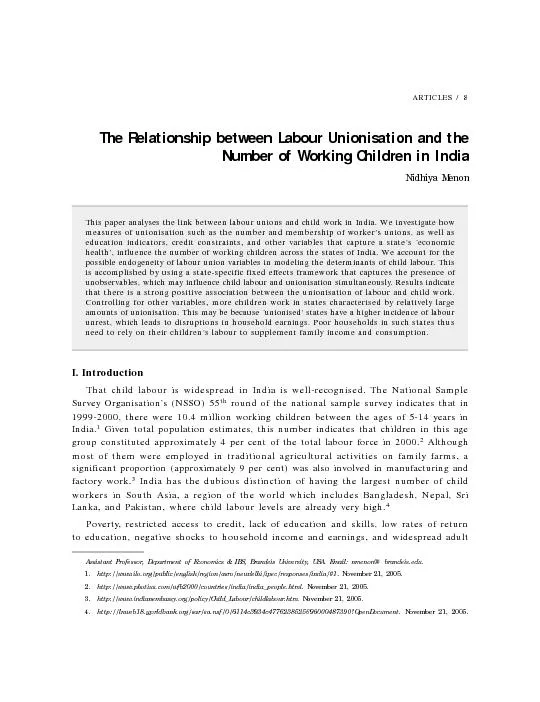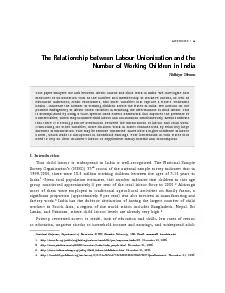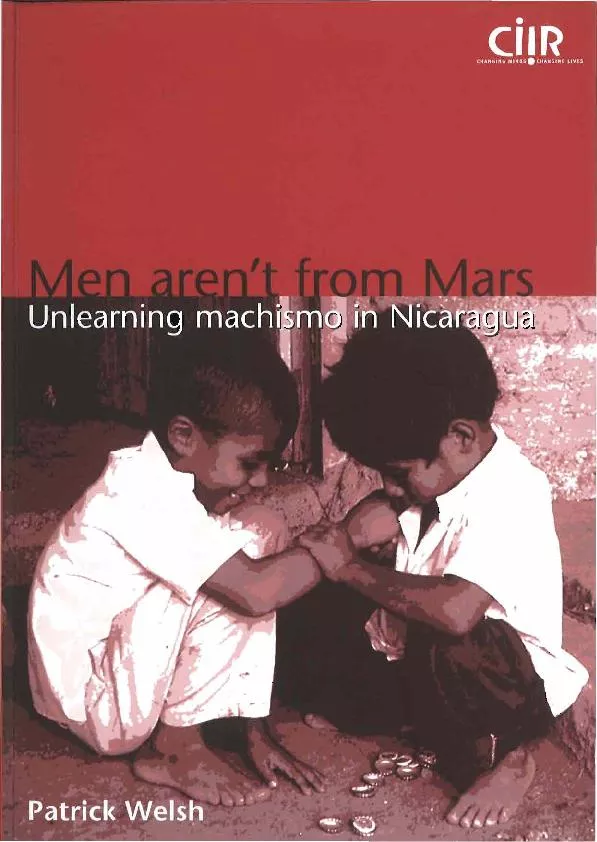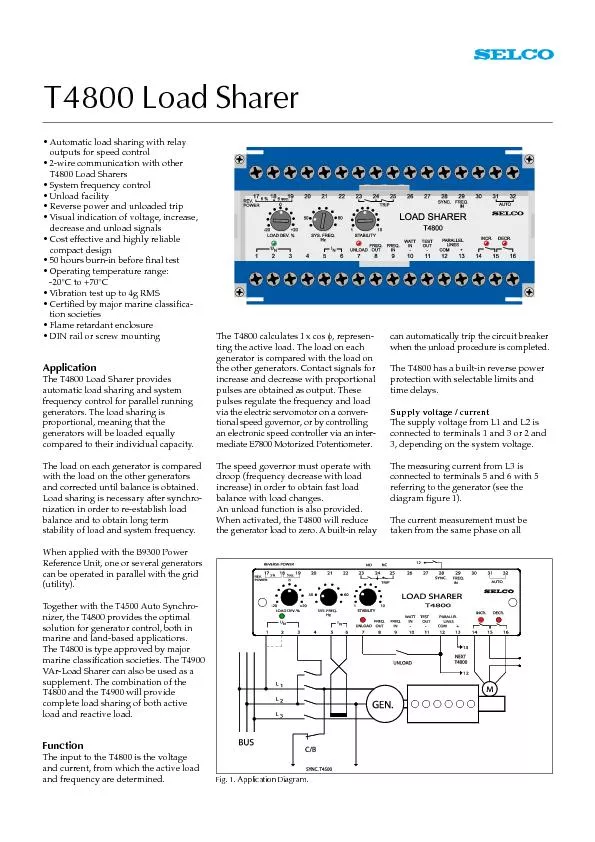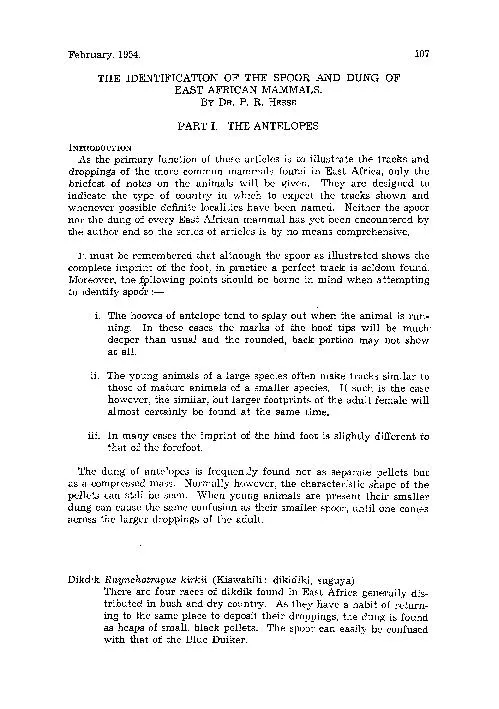PDF-132The Indian Economic Journal • Volume 54(3), October-December 2
Author : jane-oiler | Published Date : 2016-08-18
133The Relationship between Labour Unionisation and the Number of Working Children in India 149 NIDHIYA MENONthe employment of children in occupations such as printing
Presentation Embed Code
Download Presentation
Download Presentation The PPT/PDF document "132The Indian Economic Journal • Vo..." is the property of its rightful owner. Permission is granted to download and print the materials on this website for personal, non-commercial use only, and to display it on your personal computer provided you do not modify the materials and that you retain all copyright notices contained in the materials. By downloading content from our website, you accept the terms of this agreement.
132The Indian Economic Journal • Volume 54(3), October-December 2: Transcript
Download Rules Of Document
"132The Indian Economic Journal • Volume 54(3), October-December 2"The content belongs to its owner. You may download and print it for personal use, without modification, and keep all copyright notices. By downloading, you agree to these terms.
Related Documents

